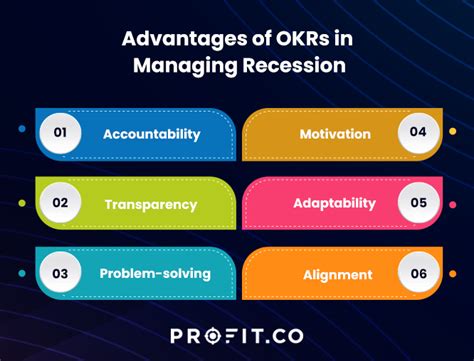Objectives and Key Results, or OKRs, have been a hot topic of discussion across various industries, especially in tech circles. This management framework, designed to define and track objectives and their outcomes, promises improved focus, alignment, and accountability within organizations. However, a significant portion of the community remains skeptical, as evidenced by numerous comments and experiences shared by professionals. The question remains: are OKRs more harm than good, or can they be a valuable tool if implemented correctly?
One of the most striking critiques of OKRs comes from those who see them as yet another buzzword like SCRUM or Agile, enforced by management without any tangible benefit. Critics argue that the energy expended on creating and tracking OKRs often overshadows their practical utility, leading to a culture obsessed with metrics rather than meaningful progress. This sentiment echoes the frustrations of many who feel that OKRs add layers of meta-work, distracting employees from their core responsibilities.
However, there are also voices advocating for the objective-component of OKRs. These proponents emphasize that the measurable Key Results (KRs) can indeed provide a non-binary way to track progress and facilitate informed decision-making. As one commenter pointed out, the KRs serve as measurable tactics to achieve broader organizational objectives. This view highlights an essential part of OKRs: when executed correctly, they can transform vague goals into actionable metrics that drive tangible outcomes. Yet, this ideal execution seems to remain elusive for many organizations.
The issue of measurability also sparks diverse opinions. While the premise of OKRs lies in setting measurable goals, some educators emphasize a more nuanced approach. Over-focusing on measurability can lead to missing out on non-quantifiable yet critical aspects of objectives. This creates a paradox where teams might achieve their KRs but still fall short of the ultimate goal. It brings to mind Eric Schmidt’s famous quote: “Revenue solves all known problems.” Although this might apply to financial metrics, the same cannot be said for every organizational goal.
One approach to mitigating the pitfalls of OKRs that has caught attention is the integration of company-level objectives with methodologies like Kanban. By focusing on overarching company goals and allowing teams to tackle the next most important task, this hybrid model strives to maintain flexibility and responsiveness. This method, some argue, circumvents the tunnel vision that OKRs can sometimes enforce. It addresses a critical flaw: the tendency of OKRs to isolate teams, pitting them against each other rather than fostering a collaborative environment.
Of course, OKRs’ effectiveness is significantly influenced by organizational culture. In a dysfunctional culture, OKRs can exacerbate issues by becoming hierarchical bludgeons, fostering a blame-game mentality. Conversely, in a transparent and supportive environment, OKRs can shine light on organizational weaknesses and foster collective problem-solving. Much like performance reviews, the value of OKRs is contingent on the environment in which they operate. For instance, tracking objectives via platforms like JIRA can make them grounded in reality, as long as these tools are used to reflect genuine progress rather than to serve the optics of managerial satisfaction.
Ultimately, the debate on OKRs is far from settled. They can either serve as valuable strategic tools or become cumbersome meta-works that erode employee morale. The key takeaway is clear: the success of OKRs hinges on thoughtful implementation, genuine buy-in from all levels of the organization, and an overarching culture that values progress over optics. As businesses evolve, so too should our frameworks for success, ensuring they serve their true purpose rather than becoming mere corporate jargon.


Leave a Reply